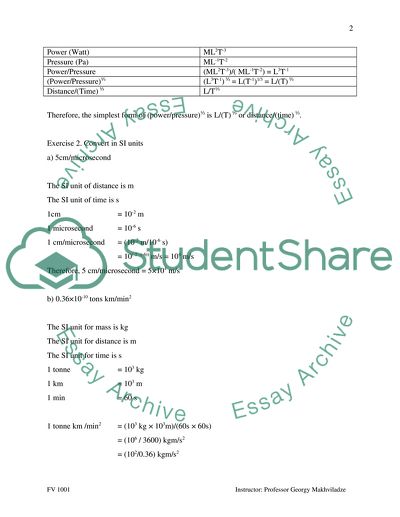Cite this document
(“Introduction to Combustion and Fire Case Study Example | Topics and Well Written Essays - 4250 words”, n.d.)
Introduction to Combustion and Fire Case Study Example | Topics and Well Written Essays - 4250 words. Retrieved from https://studentshare.org/chemistry/1723281-introduction-to-combustion-and-fire
Introduction to Combustion and Fire Case Study Example | Topics and Well Written Essays - 4250 words. Retrieved from https://studentshare.org/chemistry/1723281-introduction-to-combustion-and-fire
(Introduction to Combustion and Fire Case Study Example | Topics and Well Written Essays - 4250 Words)
Introduction to Combustion and Fire Case Study Example | Topics and Well Written Essays - 4250 Words. https://studentshare.org/chemistry/1723281-introduction-to-combustion-and-fire.
Introduction to Combustion and Fire Case Study Example | Topics and Well Written Essays - 4250 Words. https://studentshare.org/chemistry/1723281-introduction-to-combustion-and-fire.
“Introduction to Combustion and Fire Case Study Example | Topics and Well Written Essays - 4250 Words”, n.d. https://studentshare.org/chemistry/1723281-introduction-to-combustion-and-fire.


